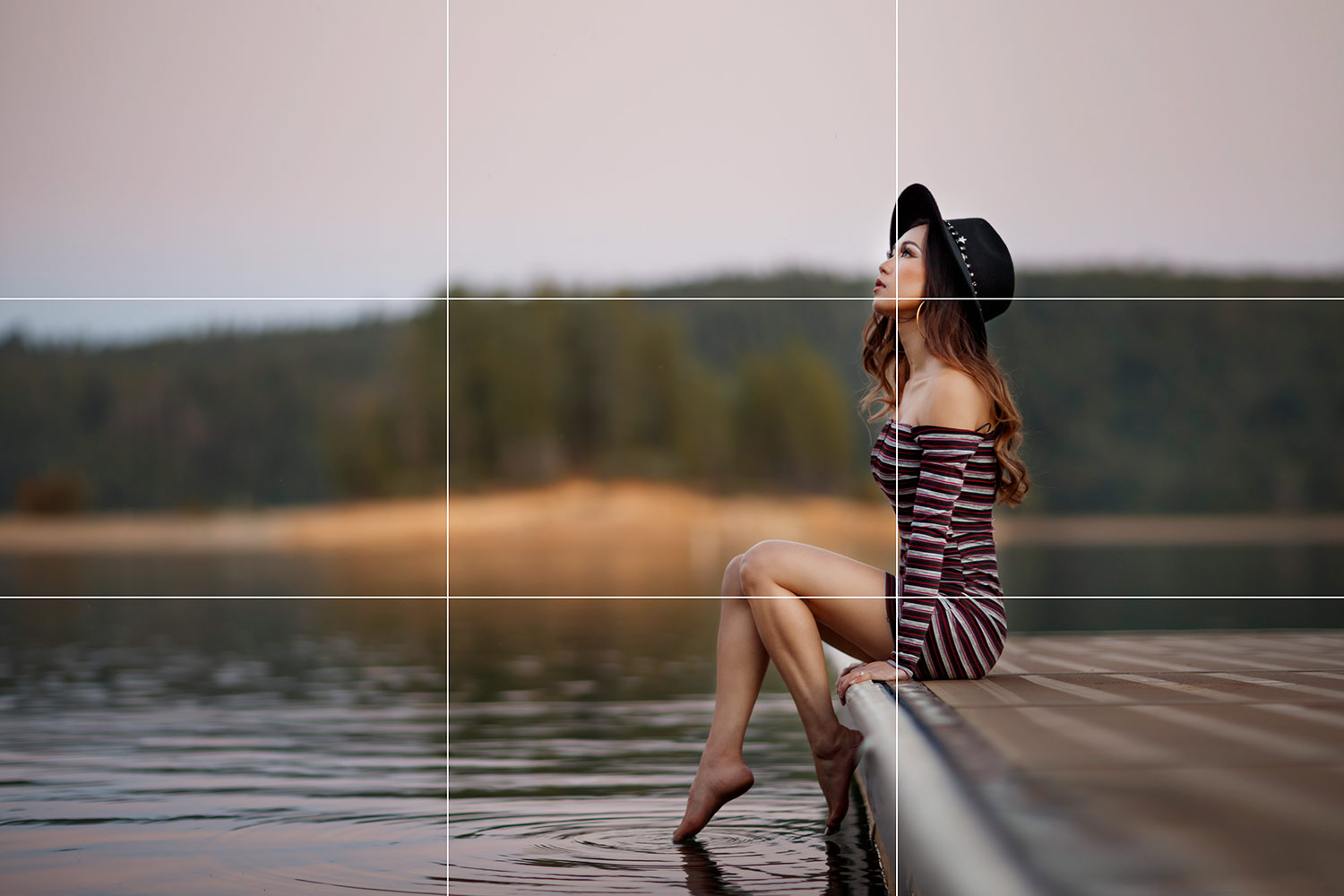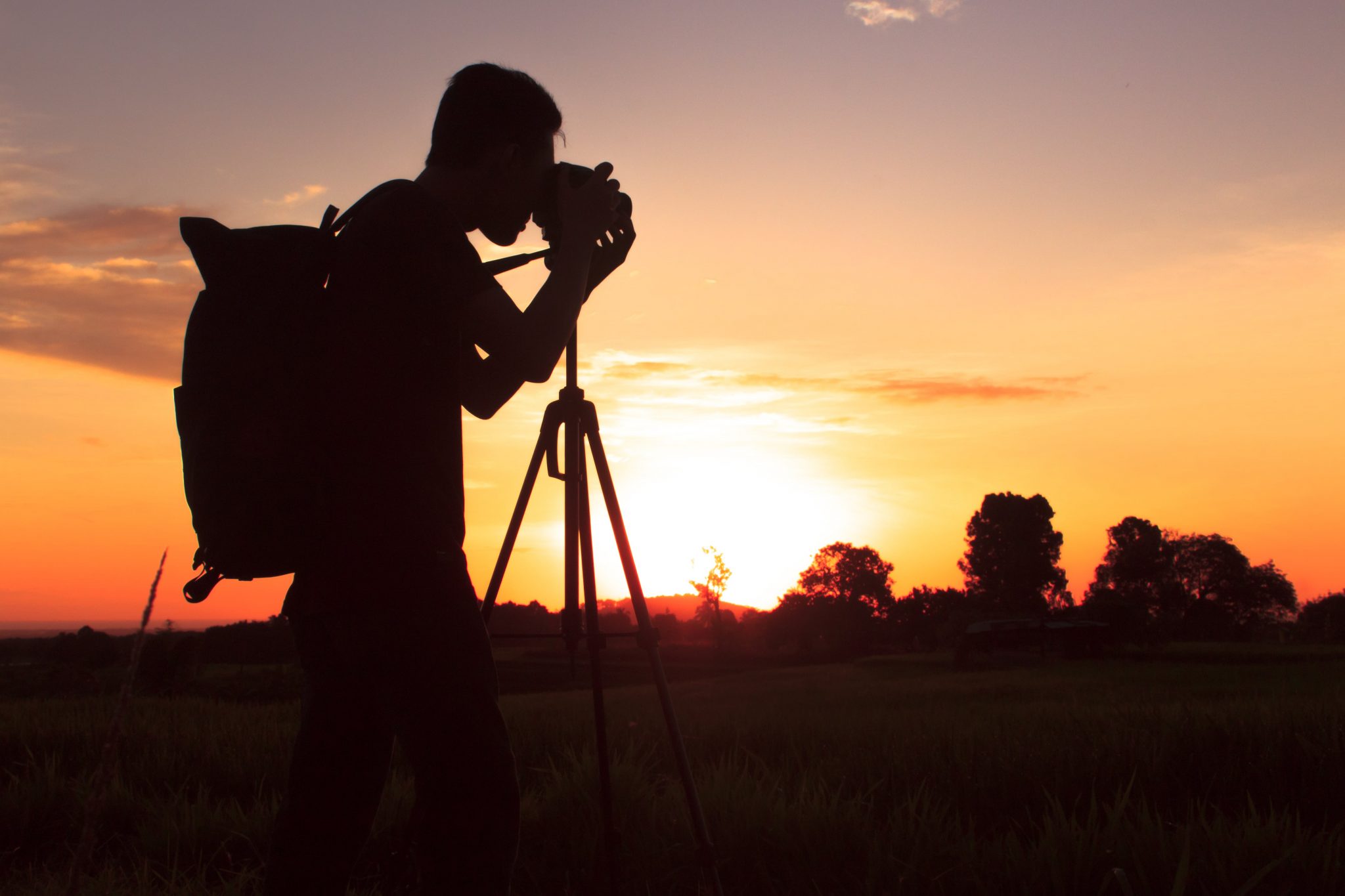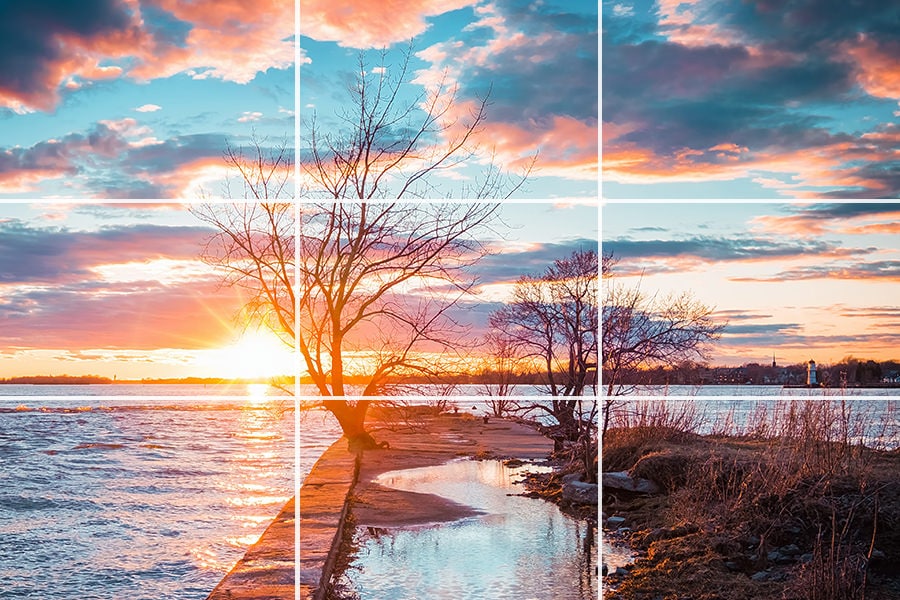Rule Of Thirds In Photography Examples
Are you looking to take your photography skills to the next level? Understanding the Rule of Thirds can greatly enhance the composition of your photos. The Rule of Thirds is a fundamental principle of visual art that can be applied to photography to create visually appealing and balanced images. Here are some examples and tips on how to apply the Rule of Thirds in your photography.
What is the Rule of Thirds?
The Rule of Thirds is a guideline that suggests that a photo should be divided into three equal parts both horizontally and vertically, creating a grid of nine equal sections. The most important elements of the photo should be placed along the gridlines or at the points where the gridlines intersect. This creates a more visually appealing, balanced and interesting composition.
Using the Rule of Thirds in Photography
Portrait Photography
In portrait photography, placing the subject’s eyes at the intersection of the top horizontal and left vertical grid line can create a powerful and engaging photo. It draws the viewer's attention to the subject's eyes, which are often considered the most important feature of a portrait. Other important features, such as the mouth or a prominent facial feature, can also be placed at the intersection points.

Landscape Photography
In landscape photography, the horizon line can be placed along the top or bottom horizontal grid line to create a more balanced image. Placing important elements such as trees or mountains along the vertical grid lines can create a more dynamic and visually interesting composition. It’s essential to keep in mind the Rule of Thirds when composing landscape photos to avoid having the image feel unbalanced.

Candid Photography
Candid photography can benefit greatly from the Rule of Thirds. By placing the subject off-center, the photo can feel less forced and more natural. In addition, important elements such as facial expressions or body language can be emphasized by placing them at the intersection of the gridlines.

The Rule of Thirds and Breaking It
While the Rule of Thirds is a useful guideline that can enhance the composition of your photos, it’s essential to recognize that it’s not a hard and fast rule. Sometimes, breaking the rule can create more impactful and interesting images. Knowing when and how to deviate from the rule can be a powerful tool in your photography arsenal.
One example of breaking the Rule of Thirds can be to place the subject directly in the center of the frame. This can create a powerful and captivating image that draws the viewer's attention to the subject. Other techniques, such as using symmetry or leading lines, can also create impactful photos that deviate from the Rule of Thirds.
Applying the Rule of Thirds
Applying the Rule of Thirds in your photography doesn’t have to be complicated. Simply framing your shot using the gridlines as a guide can greatly enhance the composition of your photos. In addition, practice and experimentation can help you master the concept and create visually dynamic and striking images.
Remember, the Rule of Thirds is a fundamental guideline that can enhance your photography, but it’s not a hard and fast rule. Don't be afraid to experiment and break the rule to create impactful and interesting images.

Find more articles about Rule Of Thirds In Photography Examples
Post a Comment for "Rule Of Thirds In Photography Examples"